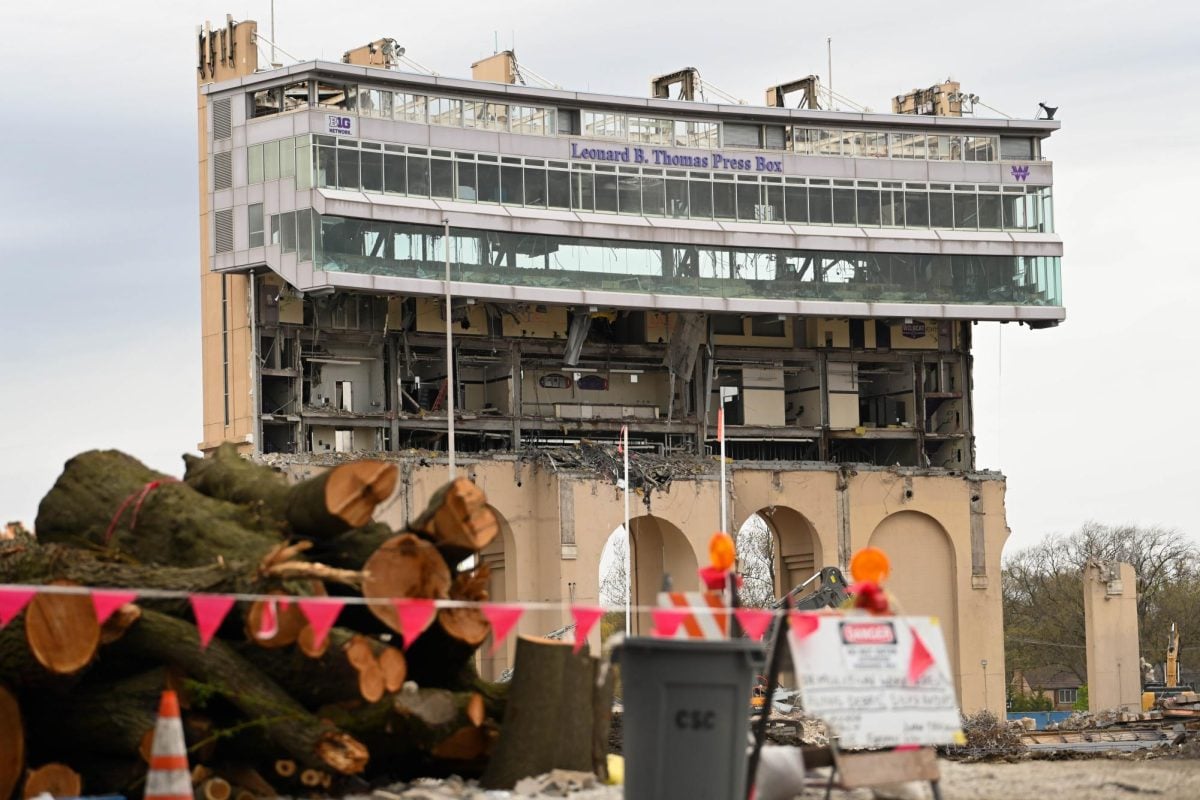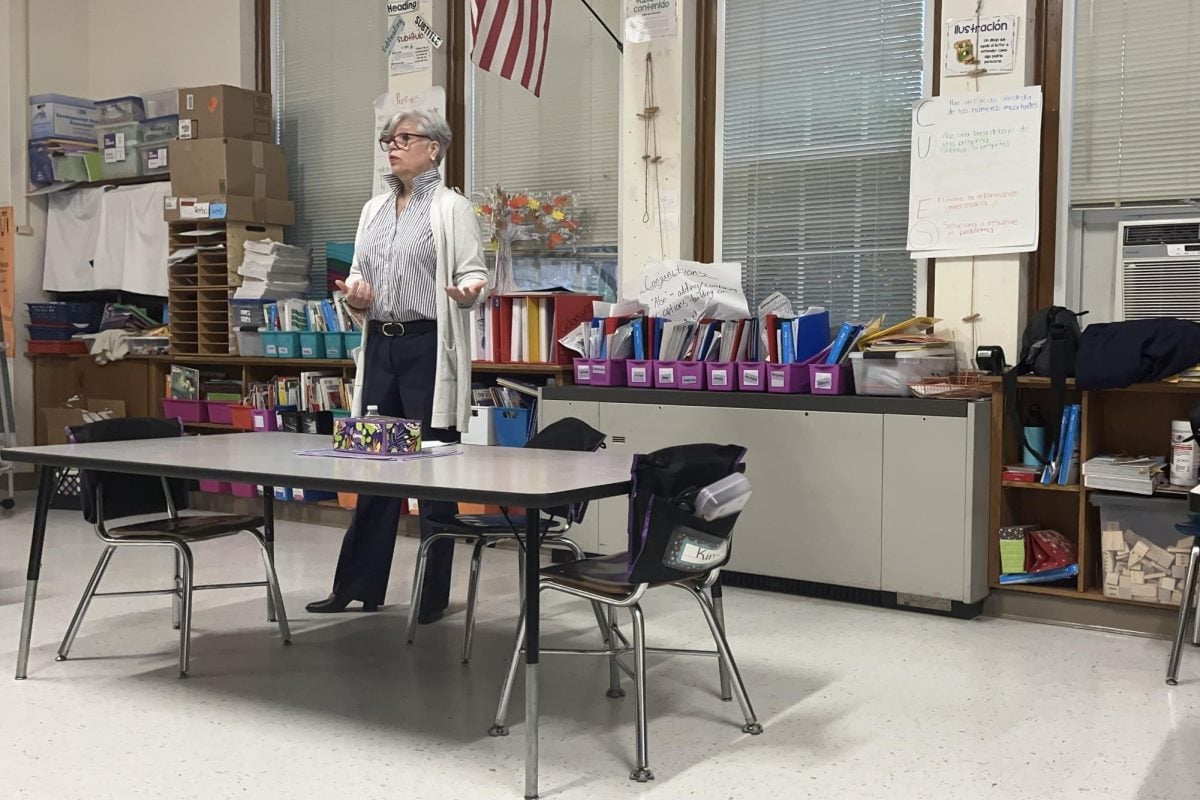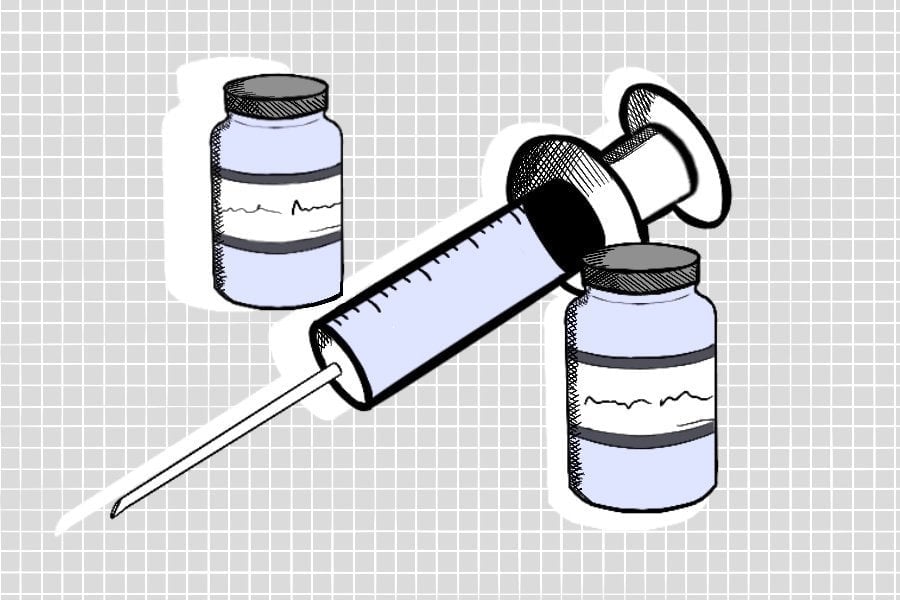If Paul Abbott could find an affordable apartment in Evanston, he would move here.
Abbott, who is 45 years-old, lives just south of the city’s Chicago border. He paints homes in the northern suburbs for a living, driving to Wilmette, Waukegan and even Naperville for work. Most of his family lives in Evanston, and Abbott says he has been looking for a one-bedroom apartment here, too.
The lowest rents he has found, though, are between $850 and $1,000 a month.
“That’s not affordable to me,” he said. “I can probably afford $800, if I can get a little help.”
Abbott is far from alone in struggling to find an affordable apartment in Evanston. Even among renters already living in the city, almost half spend more than 30 percent of their income on rent, according to Susan Munro, who chaired Evanston’s affordable housing task force.
Many homeowners are having trouble, too. Nearly a third are paying more than 30 percent of their income to pay off their mortgage, and a growing number aren’t able to keep up. The city saw 267 foreclosed properties in 2008, and roughly 300 in 2009, Munro said.
The task force’s lengthy report, presented to the Evanston City Council last week, depicts a growing number low- and middle-income residents struggling to pay for housing. But as Evanston tries to create more affordable housing to maintain the city’s diversity, a recent grant from the federal government gives the city a major boost in resources.
$18 million surprise
Evanston applied in July for $40 million through the Neighborhood Stabilization Program 2, a $1.9 billion competitive grant created by the national stimulus package in 2009. The U.S. Department of Housing and Urban Development planned on announcing the results in December but recently told the city to expect an announcement sometime this month.
Thursday morning, HUD made the results public. Aside from Chicago, Evanston was the only city government in Illinois chosen to receive grant funding.
Both city officials and national politicians responded enthusiastically to the news. In addition to Evanston Mayor Elizabeth Tisdahl’s office, the offices of Sen. Dick Durbin (D-Ill.) and Rep. Jan Schakowsky (D-Ill.) issued press releases commending HUD’s decision to direct some of the grant to Evanston.
Although Evanston will see just $18 million of the $40 million it applied for in July, city officials are thrilled.
Speaking to THE DAILY last week before HUD announced the grant results, Tisdahl said Evanston was exactly the type of community the government ought to be funding with the grant. The money would go a long way toward maintaining the city’s diverse population, she said.
“The other cities on the North Shore have the lake, and beautiful trees and beautiful homes,” Tisdahl said. “But they don’t have the wonderful mix that makes up Evanston.”Ald. Delores Holmes (5th), who served on the affordable housing task force, said keeping that diverse population is difficult but important work for the council.
“The council is trying; the city is trying,” Holmes said. “But it’s not an easy task.”
The $18 million boost from NSP2 could make a big difference, however. Before the funds from NSP2 were announced, the task force estimated the city had approximately $1 million a year to spend on affordable housing.
“It will certainly be the biggest impact in the shortest amount of time of anything done in recent history,” said Sarah Flax, the city’s community development block grants administrator.
The plan
Under the grant rules, all new units need to go to families making less than the Area Median Income. In 2009, the local AMI for a family of four was $74,900.
Evanston’s NSP2 application proposed creating nearly 200 new affordable units in the city, which are separated into two categories in the application. First, the city plans to buy 100 foreclosed properties, rehabilitate them and sell them at a reduced cost.
At the same time, the city is working with a developer to build a new housing community, with 98 rental and ownership units priced to attract residents with different incomes. The new community, named “Emerson Square” in the proposal, is planned to be built over the vacant lots behind Gilbert Park on Emerson Street, near Ashland Avenue.
The city hopes the new community will bring positive activity to the area, which has been a hot spot for crime and gang activity, according to Flax, who administers the city’s federal housing block grants.
On a recent frigid Sunday, the small, snowy playground at Gilbert Park was empty. Signs at the park warned of increased penalties for drug and gang charges, and while the park seemed tranquil enough, a nearby resident said crime was indeed a problem there.
“I’ve seen a lot of activity here in the park,” said 63-year-old Robert Lenior, who moved to Evanston from Chicago six months ago to get away from gang violence. “A lot of people don’t even come through this park because you see a lot of the hoodlums sitting on the bench, about four or five or six guys.”
Housing squeeze
The park is located in the west side of Evanston, in one of the two neighborhoods the NSP2 funds will target. The other census tract is in south Evanston. The stimulus funds have the potential to “rebuild” west Evanston, said Paul Selden, executive director of Connections for the Homeless who also served on the affordable housing task force.
“It’s a big infusion of money into an area that has been the least attended to over the years,” he said.
The housing boom that came before the current crisis laid the groundwork for an affordable housing pinch in Evanston, Selden explained. Looking to take advantage of climbing home values, many landlords converted apartments to condominiums. With the same goal in mind, developers bought rental units, dismantled them and built new condominiums, Selden said.
In the 1990s, there were slightly more rental units than home ownership units in Evanston, Selden said. Today only about 43 percent of all housing units in the city are rentals.
“That squeezes down the number of units that are available, and in doing that it increases the price,” Selden said. “There’s less supply, and the demand hasn’t gone down because there has been an increase in poverty in Evanston.”
Homelessness has been rising for years in Evanston: Connections has worked with about 500 people living on the street over the past year, compared to about 275 three years ago. Each year, about 1,000 people in the city experience homelessness, and three times that are at risk of becoming homeless, Munro told the council Wednesday.
For the poorest residents in the city, the NSP2 funding will likely have little effect, Selden said.
“Affordability, we talk about (providing homes for) people who are living at 80 percent of median income and 60 percent, 50 percent and 30 percent of Area Median Income,” Selden said. “There is no plan that is looking to develop housing at 10 percent of area median.”
The politics of affordability
That distinction-that the people moving into the new affordable units will be making up to $74,900 for a family of four-is something the task force hopes the city will emphasize as it gathers support for new development.
In its review of Evanston’s housing challenges, the task force found that positive public opinion will be crucial for progress, said Andrew McGonigle, a member of the task force.But already, there have been murmurs on the Evanston blogosphere from neighbors concerned about the city’s housing plans.
Commenting Thursday on Evanston Now’s blog post that reported the NSP2 funding, an anonymous poster said his or her $500,000 home might be losing its value.
“My home will have the stigma of being located in an area subsidized by the federal government due to it being blighted,” the commenter wrote. “Great, just great. That will certainly look great on a real estat
e listing when I need to sell my home because I can’t afford my property taxes.”
On top of concerns about home values, there is also sometimes a stigma attached to the people who live in subsidized housing, said McGonigle, an Evanston resident and project manager for Northwestern Facilities Management.
“The old adage of NIMB; ‘Not in my backyard. I don’t want an affordable person living next to me,'” McGonigle said. “Well, that person you can’t tell the difference on the street,” continued McGonigle. “He drives the same car, rides the same bicycle, eats in the same carry-out as you do. There’s nothing different between him and his family and yourself.”[email protected]







